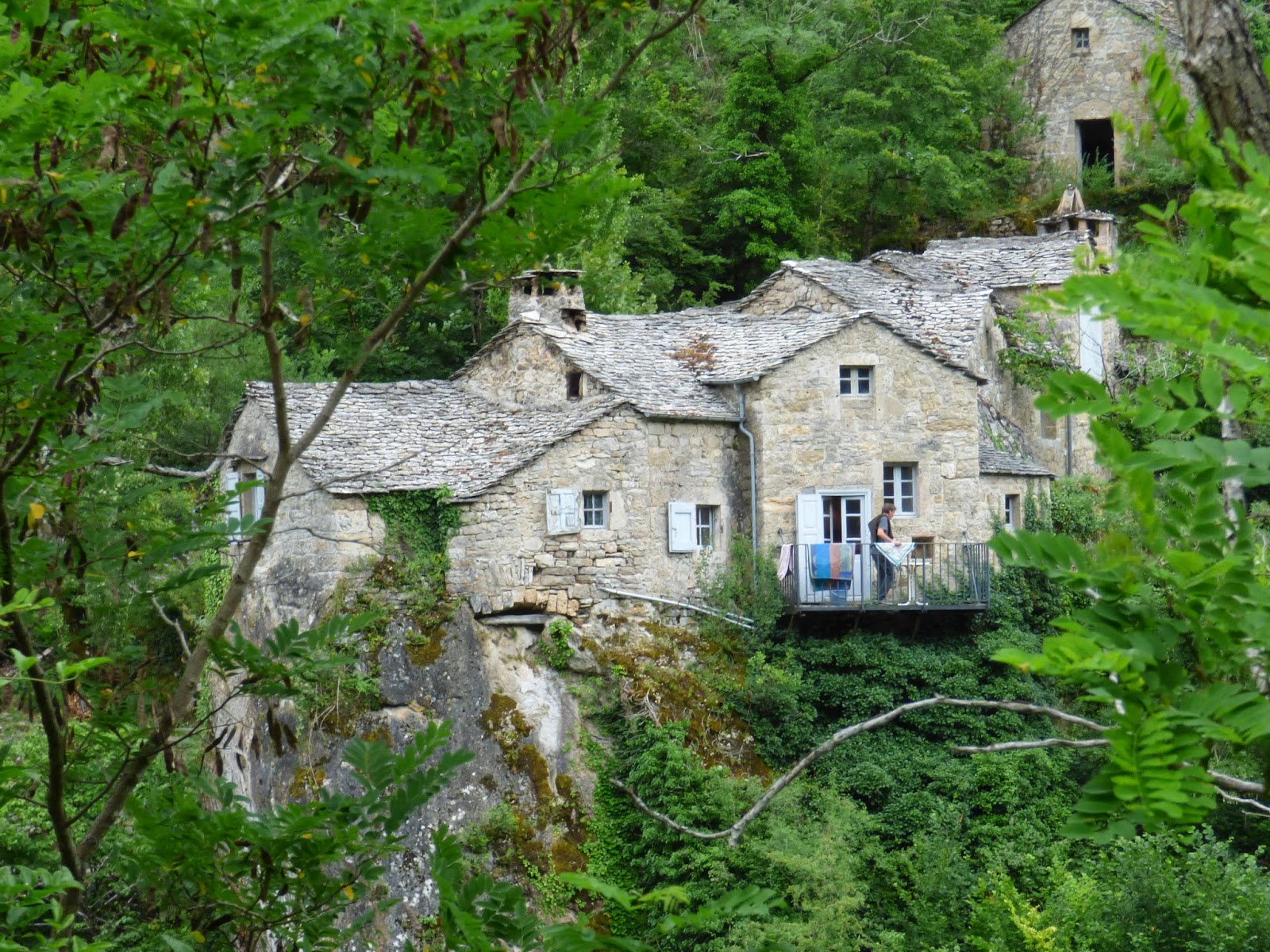Two Thousand Years of Bridges.
After spending several days in the Provence area chasing
lavender fields we were positively lavendered out – we were also abbeyed out. We
had seen some great country and really enjoyed what we had seen up on the
plateaus but we now needed a change.
(Once you have seen one abbey you have seen them all – they
are very much the same – lovely stone work, beautiful caved pillars, the same sandstone
colour and the occasional stone sculpture but very little colour. The churches
on the other hand are all different. They all have magnificent iconic pictures,
stained glass windows, lovely coloured statues, chapels and alters and their
own way of presenting their treasures. I could keep looking at churches,
chapels and cathedrals for every, l find they all have a distinct personality
of their own.)
We decided to do a Back Roads of France drive that enabled
us to see many different bridges dating from Roman time till present time. Our
trip started at the 2000 year old Roman Bridge the Pont du Gard and ended at
the amazing new viaduct spanning the River Tarn Gorge at Millau and on the way
we saw magnificent scenery, the wild uplands and the shady chestnut forests of
the beautiful Cevennes area and deep canyons of the Gorges du Tarn and the many
small stone bridges that are deep down in the gorge and crossing the river.
This is the Pont du Gard - look and see how small the people look on this very large Roman Bridge.
The Pont du Gard is the highest bridge ever built by the
Romans. It is a stupendous feat of engineering still unsurpassed. It is 160 Ft. High and as well as being a
traffic bridge in its day, it was also a via-duct carrying water some 30
miles/50klms. The French have turned this grand Roman Bridge into a real
tourist attraction with a large visitors centre, museum and 3D movie. It was
just fantastic to see it and to be able to walk across it even through there
were lots of people also enjoying the bridge.
There were many tunnels cut through the mountains that we had to pass through.
The drive through the Gorges du Tarn which is often referred
to as the Grand Canyon of Europe was just unbelievable. There were magnificent
views, as the road snaked its way along the heavily treed side of the gorge
that has been sculptured out of the limestone by the Tarn River. Along the way
were several stunning little villages built into the sides of the steep
mountains.
Two of the Villages on the way.
This is a small group of houses on the other side of the river accessed only by a flying-fox.
In some places there were small groups of lovely old stone houses on
the opposite side of the river and these were only accessible by a flying fox
strung across the deep valley and fast flowing river. The stone bridges were
old, very small and very pretty and if you had to cross one they were only wide
enough for one car at a time.
Two of the stone bridges we saw on our journey along the Gorges du Tarn.
This is the Bridge at Millau. There are 7 piers that support this suspension bridge.











No comments:
Post a Comment